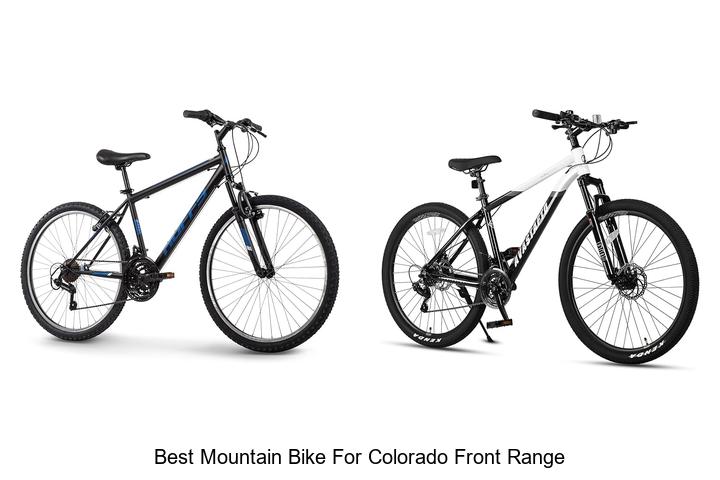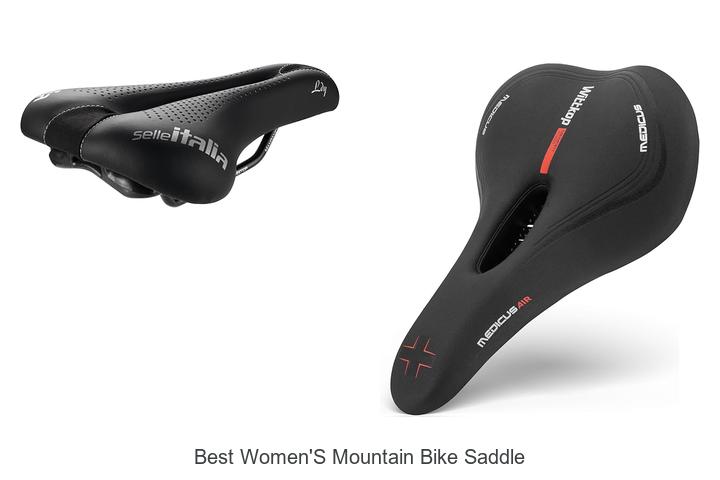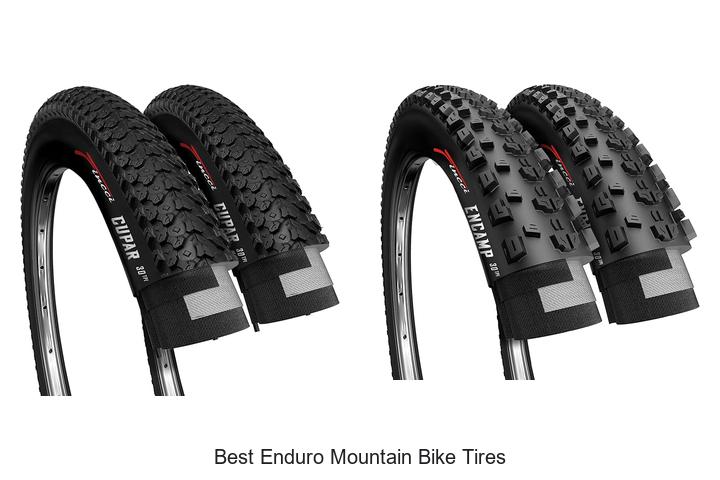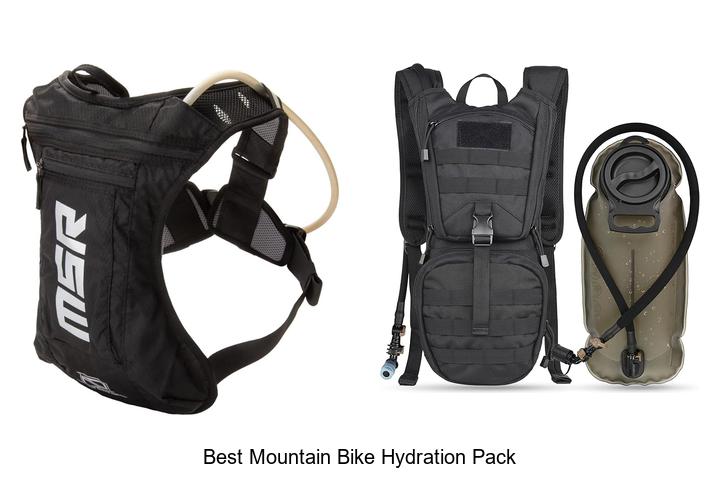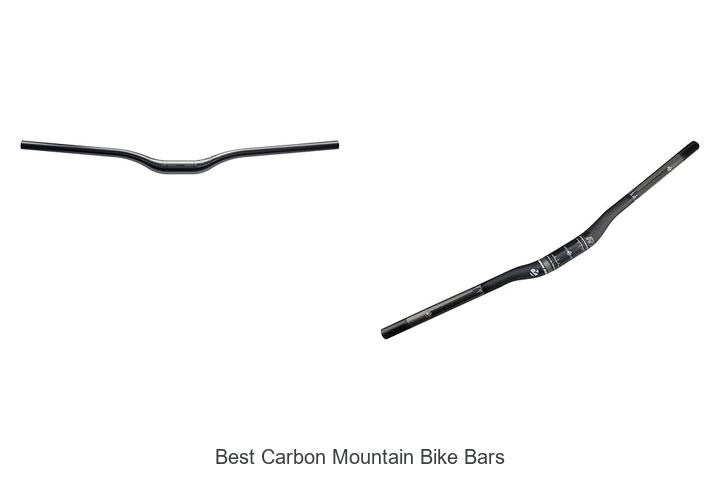Can You Ride a Mountain Bike on the Road? Pros & Cons Explained
Key Takeaways
- Mountain bikes can be ridden on roads but require adjustments like smoother tires, locked suspension, and modified gearing for better efficiency and comfort.
- The sturdy frame and upright position of mountain bikes provide good control and visibility in traffic, making them suitable for mixed terrain commuting.
- Standard mountain bike tires create higher rolling resistance and wear faster on pavement; switching to slick or semi-slick tires helps reduce friction and improve speed.
- Mountain bikes offer durability and shock absorption on rough roads, but their heavier weight and lower gearing limit speed compared to road bikes.
- Choose a road bike over a mountain bike for primarily smooth, long-distance rides or urban commuting where speed and maneuverability are priorities.
- Proper riding techniques and road-specific accessories can enhance safety and performance when using a mountain bike on pavement.
Riding a mountain bike on the road might seem unusual, but it’s more common than you think. Whether you’re commuting, exercising, or just enjoying a casual ride, you might wonder if your rugged bike can handle smooth pavement. The good news is that mountain bikes are versatile and can be ridden on roads with a few considerations.
You’ll want to understand how a mountain bike performs compared to road bikes and what adjustments can make your ride smoother and faster. Knowing the pros and cons helps you decide if hitting the road on your mountain bike fits your needs. Let’s explore what you should keep in mind before taking your mountain bike onto the pavement.
Can You Ride a Mountain Bike on the Road?
You can ride a mountain bike on the road, especially if you adjust certain components. Mountain bikes have wide, knobby tires designed for off-road traction. These tires create more rolling resistance and reduce speed on pavement. Switching to smoother, narrower tires improves efficiency and comfort on streets.
You benefit from the sturdy frame and upright riding position that mountain bikes offer, which provide control and visibility in traffic. However, the suspension system, particularly front forks with significant travel, may absorb road vibrations inefficiently and add weight, slowing you down. Locking out suspension forks or opting for rigid forks enhances energy transfer on smooth surfaces.
You find mountain bikes typically have lower gearing, useful on hills but less efficient for flat roads. Adjusting chainrings and cassette combinations helps tailor your pedaling cadence for road riding.
You gain versatility by using a mountain bike on roads if it suits mixed terrains, like commuting through urban streets and nearby trails. Adding road-specific accessories, such as fenders, lights, and racks, also improves practicality for daily use.
| Mountain Bike Feature | Impact on Road Riding | Possible Adjustment |
|---|---|---|
| Knobby Tires | Higher rolling resistance | Replace with slick or semi-slick tires |
| Suspension | Absorbs vibrations inefficiently | Lock-out suspension or switch to rigid fork |
| Gearing | Lower gears, less efficient | Modify chainrings and cassette |
| Riding Position | Upright, good control and visibility | No adjustment needed |
Riding a mountain bike on the road makes sense when you adjust tires, suspension, and gearing to reduce resistance and improve speed.
Advantages of Riding a Mountain Bike on the Road
Riding a mountain bike on the road offers unique benefits that suit various cycling needs. You gain durability, comfort, and adaptability when using a mountain bike on pavement.
Durability and Comfort
You enjoy a durable frame designed to handle rough trails that also withstands road conditions without damage. You benefit from wide tires that absorb shocks and vibrations from uneven pavement, enhancing comfort during longer rides. You maintain an upright riding position that reduces strain on your back and neck, supporting better posture. You gain reliable control from robust brakes and wider handlebars, increasing safety in urban traffic.
Versatility for Different Terrains
You switch between pavement and off-road trails without changing bikes since mountain bikes adapt well to mixed surfaces. You take advantage of wider tires and suspension that handle gravel, dirt, or broken pavement easily, providing consistent performance. You adjust tire pressure and gear settings to optimize efficiency on smooth roads or challenging off-road sections. You fully utilize the bike’s capacity, making it a practical choice for riders who explore varied routes in a single trip.
Challenges of Using a Mountain Bike on the Road
Using a mountain bike on the road presents specific challenges that affect performance and maintenance. Understanding these limitations helps you maximize your riding experience.
Speed and Efficiency Limitations
Mountain bikes have heavier frames and wider tires than road bikes, which reduce your speed on pavement. The knobby tread of standard mountain bike tires increases rolling resistance, making pedaling harder and energy waste higher. Suspension systems, designed for absorbing shocks off-road, can absorb your pedaling force on flat roads unless locked out or removed. Your gearing may also be optimized for steep climbs and technical trails rather than sustained high speeds, limiting your efficiency during road rides.
Tire Wear and Handling
Using mountain bike tires on asphalt accelerates tire wear due to their soft rubber compounds and aggressive tread patterns. These tires can degrade 30% faster on pavement compared to dedicated road tires. Handling changes as the tires grip differently on smooth surfaces, which can result in less precise cornering and reduced stability at higher speeds. Additionally, wider handlebars common on mountain bikes provide excellent control off-road but can feel cumbersome in tight urban traffic or narrow bike lanes.
Tips for Riding a Mountain Bike on the Road
Riding a mountain bike on the road requires specific adjustments to optimize performance and comfort. Applying these tips improves safety and efficiency during your road rides.
Best Tire Choices
Select smooth, narrow tires designed for pavement to reduce rolling resistance. Tires between 28mm and 40mm offer better speed while maintaining comfort and grip. Consider slick or semi-slick tread patterns to minimize friction and tire wear. Use a tire pressure between 50 and 70 psi for optimal balance between shock absorption and reduced rolling resistance. Converting to tubeless tires can also decrease the risk of flats and improve ride quality.
Adjusting Riding Technique
Maintain a steady cadence and pedal smoothly to conserve energy on flat surfaces. Shift to higher gears for efficient pedaling while avoiding excessive strain. Keep your upper body relaxed and adopt a slightly more aerodynamic posture by leaning forward, which reduces wind resistance. Brake early and evenly since mountain bike brakes react differently than those on road bikes. Use wider handlebars for better control but remain aware of surrounding traffic to navigate tight urban spaces effectively.
When to Choose a Road Bike Instead
Opt for a road bike if speed and efficiency rank high on your priorities. Road bikes feature lightweight frames and narrow tires between 23mm and 28mm, designed to reduce rolling resistance and increase velocity on pavement. Choose a road bike when you plan to cover long distances primarily on smooth surfaces, as their geometry promotes an aerodynamic riding position, optimizing energy transfer.
Consider a road bike for commuting in dense urban environments where quick maneuverability through traffic matters. Its drop handlebars enable multiple hand positions, improving control during fast descents and tight corners. Select a road bike if you want lower maintenance costs, as their components and tires wear differently compared to mountain bikes used frequently on rough terrain.
Use a mountain bike if your routes mix pavement and trails, but switch to a road bike when your rides involve mainly uninterrupted tarmac. Road bikes also suit competitive or fitness-focused riding due to their precise handling and higher gearing ratios tailored for consistent cadences. In contrast, mountain bikes excel with suspension systems built for absorbing shocks, which adds weight and mechanical complexity you can avoid on smooth roads with a road bike.
Conclusion
You can definitely ride a mountain bike on the road, especially if you make a few smart adjustments. Its durability and comfort make it a solid choice for mixed terrain and casual commuting. Just keep in mind the trade-offs in speed and efficiency compared to a road bike.
With the right tires, gearing, and riding habits, your mountain bike can handle pavement well enough for daily rides. Whether you stick to trails or hit the streets, understanding your bike’s strengths and limitations helps you get the most out of every ride.
